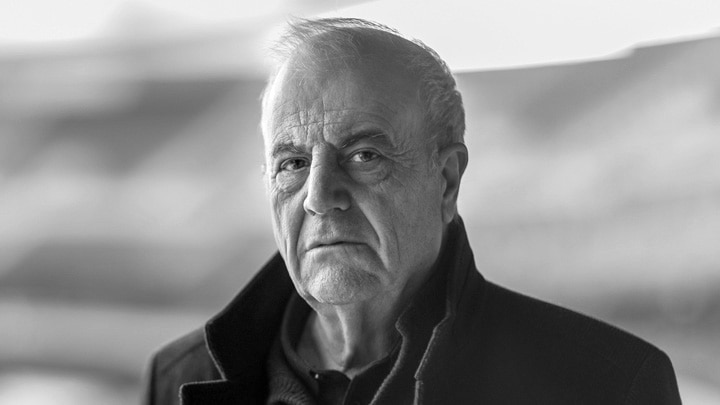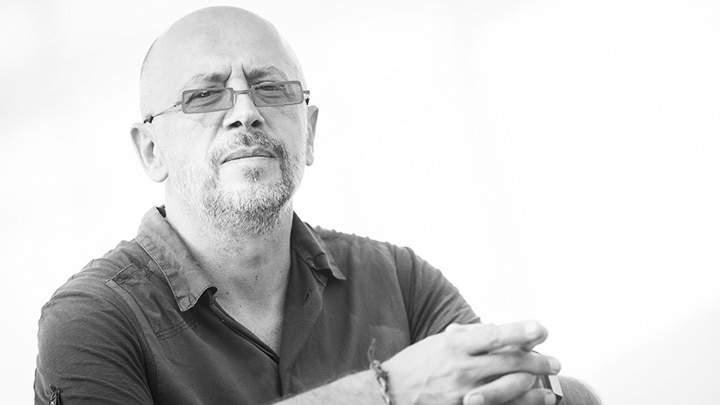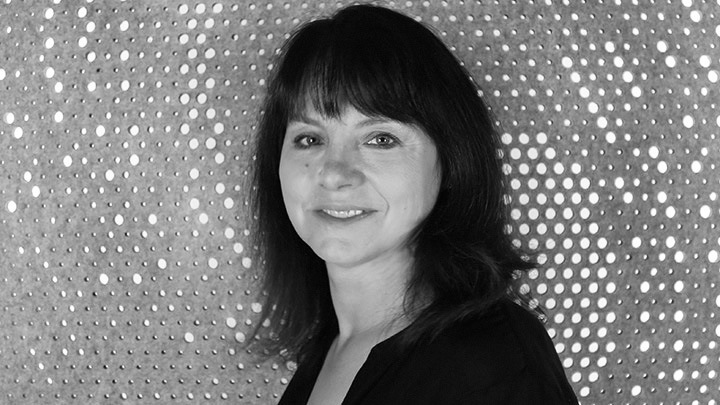Nowadays, lighting technology has become an essential element in architectural design. We need more lighting to adorn our buildings.”

What are the key factors in mobility planning?
There are many factors that drive mobility planning. The most important is a robust and consolidated methodical approach that adapts to the specific conditions of every context, problem and challenge.
No single engineering approach can resolve complex city mobility issues. A comprehensive overview is essential to get away from the technocratic and linear approach of traditional traffic engineering.
Why should we care about lighting in urban planning?
Light in the city defines its identity and breaks its internal barriers. Every city has its own color. Paris is warm during the night; Shenzhen is white due to its LED lights. The identity of public space is also reshaped during nighttime. Light can create intimacy, mystery, tranquility, apprehension, or simply resize space - generating different and unimagined forms.
Light devices also have an important role in furnishing our cities. Eastern Parkway in New York is an example: it uses different sizes of light poles across the street section, helping to define the scale of the street for people (on the sides and for vehicles) in the middle part.
Why is light so important in projects – and for you personally?
Light has different roles in daytime and nighttime. During the day, the furnishing role prevails, but at night light becomes a medium of expression; a way to reshape streets and redefine their mood and message.
The characteristics of each space are related to their connectivity levels, visibility and integration within the entire network. Light is there to accentuate and complement spatial characteristics through expression and mood creation.
In your wildest dreams, how do you see urban lighting?
I feel that the potential of lighting is still not being exploited fully. I would like to see a moment where lighting blends naturally with other public objects. What I also would like to see in the future is that lighting contributes to achieving safer cities and reduces the differences between different social groups. The difference is astounding between city center lighting and the periphery in many European cities - and is emblematic of the uneven love and care given to different parts of the city.




Antonio Cruz
Antonio Cruz has developed various projects in many fields and on different scales with the signature of Cruz and Ortiz Arquitectos.

Dejan Todorović
It requires many years of study and work to reach a point where you can imagine that you control the light.

Jill Cody
If we find the right balance between light, surfaces and materials, we can create beauty in any space.